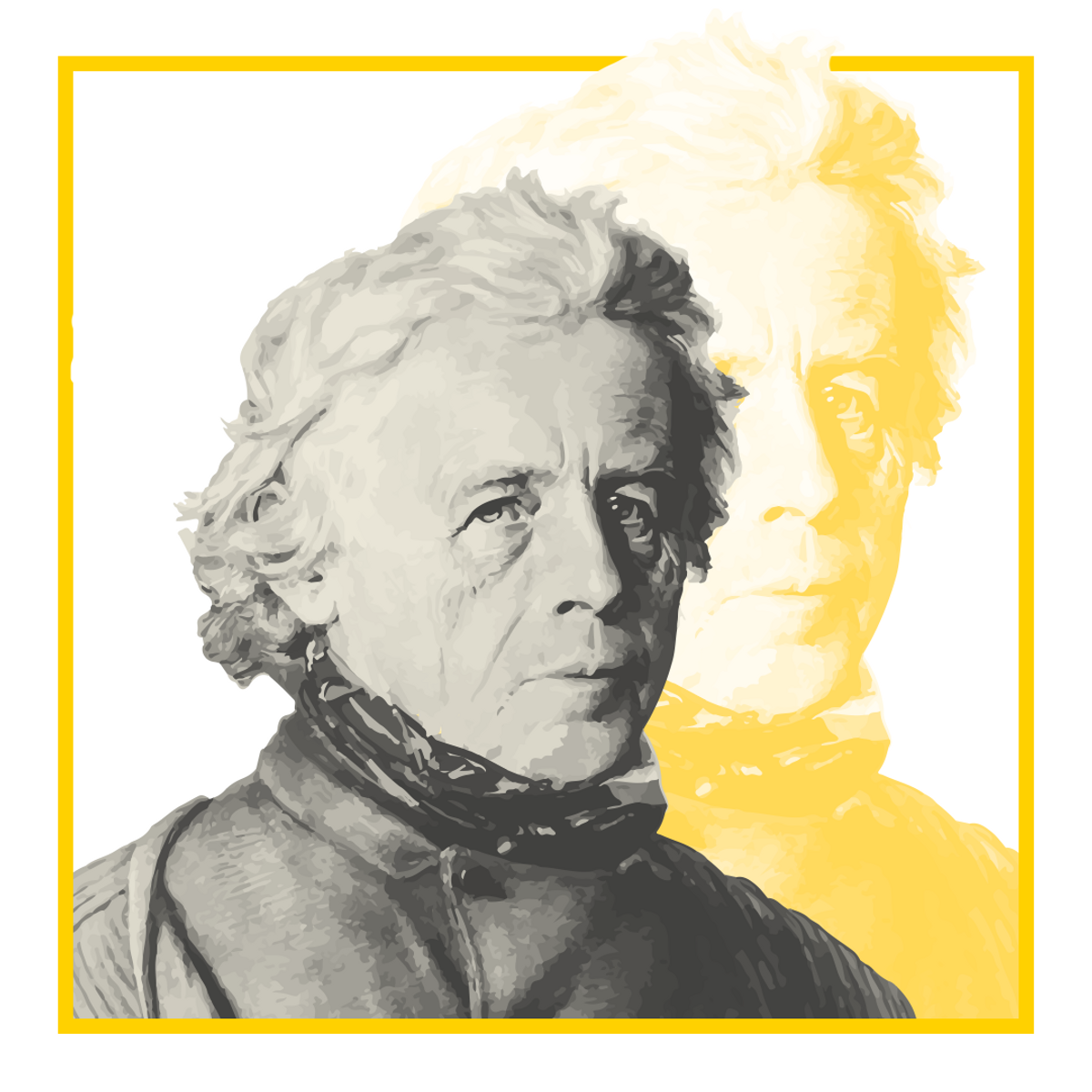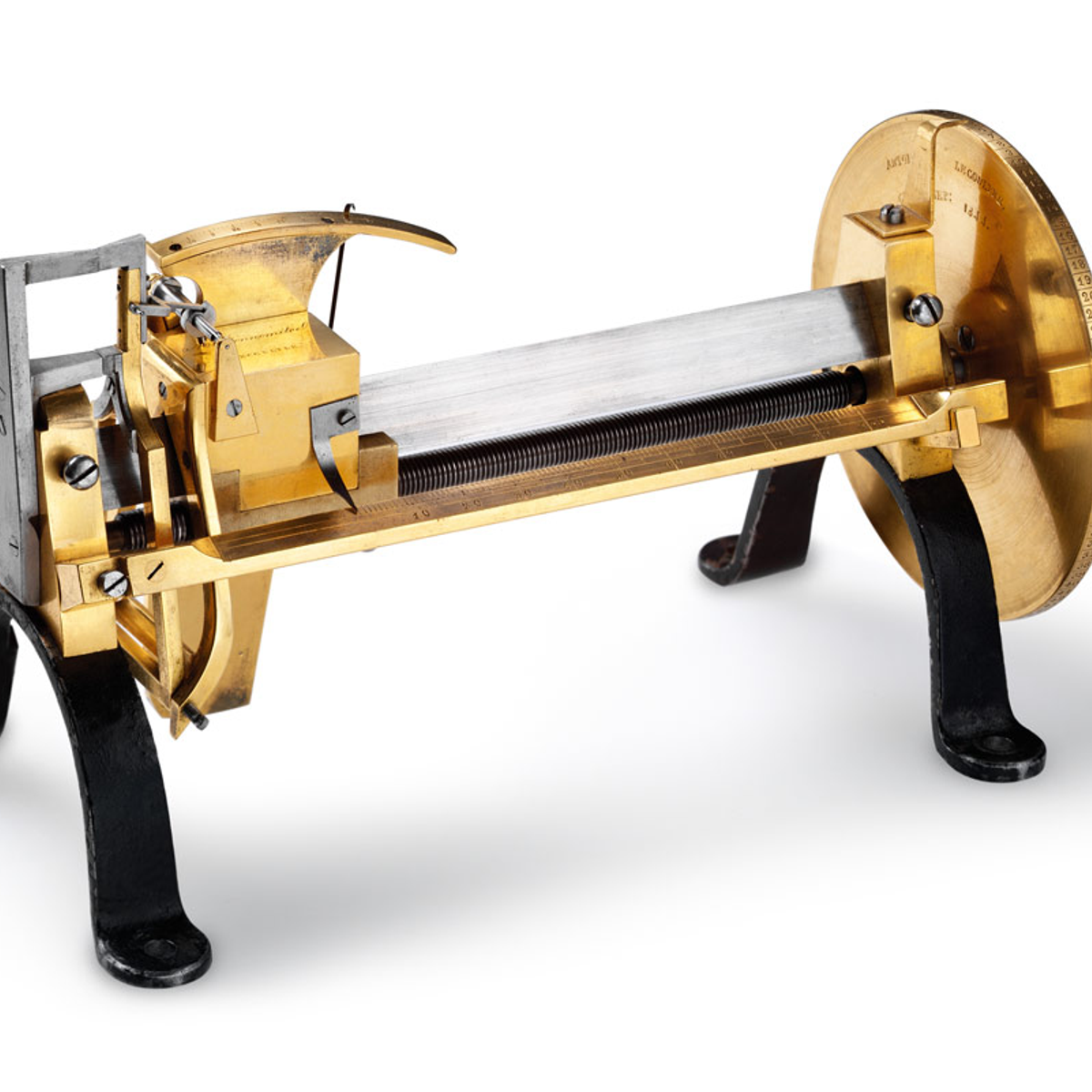Born in 1803 in La Golisse, in Vallée de Joux, Antoine LeCoultre developed an early interest in watchmaking and by 1833 was making highly precise timepieces inside the family barn, now a workshop. The first milestone in his career came in 1844, when he devised an instrument capable of measuring thousandths of a millimetre or microns. Not only did LeCoultre’s “millionometer” propel watchmaking towards a degree of precision that would have been barely conceivable otherwise; it directly contributed to the adoption of the metric system in watchmaking. Now the inventions came thick and fast, from the machines he used to make his own ébauches to a rocking bar system for keyless winding and time-setting. As an exhibitor at the 1851 Great Exhibition in London’s Hyde Park, which was opened by Queen Victoria, he showed a pinion that had been cut by a machine. At a time when the teeth on wheels were filed by hand, this was a huge step forward that earned LeCoultre a First Prize.
Antoine LeCoultre
Celebrities
A pioneer in the field of precision and a brilliant inventor, Antoine LeCoultre founded his workshop in the Vallée de Joux, the paradise of Grandes Complications. The Millionometer, instrument for measuring the micron, or one of the first reliable systems for keyless winding and setting are to his credit.
Antoine LeCoultre was a talented inventor but not a businessman and he struggled to keep his business afloat. Having come perilously close to bankruptcy, the company was saved by a loan from a friend and the arrival of Antoine’s son, Élie, to manage affairs. Watchmaking was entering a modern era with more rational processes. In 1866 father and son decided to bring every stage in production under a single roof, from cutting components to engraving and enamelling the finished piece. This marked a turning point for an activity that still functioned as a cottage industry, with workers performing specialised tasks whose secrets were kept jealously within the family circle. This new approach would bear fruit. By 1888 the LeCoultre manufacture was the region’s largest enterprise, confirmed by industrial statistics for the canton of Vaud. A workforce of some 480 qualified men and women together with a fleet of machines ensured the factory’s extraordinary production capacity. Meanwhile, Antoine LeCoultre and his staff continued to develop new ideas such as the first mechanically produced repeater and chronograph calibres in 1870, and an original winding mechanism in 1871. Antoine LeCoultre stepped down in 1877, four years before his death, leaving his three sons at the head of the firm. His grandson, Jacques-David LeCoultre, would form a business partnership with Edmond Jaeger in 1903.
1826-1827
Invention of a pinion cutting machine.
1833
Antoine LeCoultre set up his first workshop, forerunner to Jaeger-LeCoultre.
1844
Invention of the millionometer, a measuring instrument accurate to one micron.
1847
One of the first reliable systems for keyless winding and setting.
1870
First mechanically produced repeater and chronograph calibres.
1871
Invention of a new winding mechanism.
c. 1870
Antoine LeCoultre gradually withdrew from day-to-day operations, leaving his three sons at the head of the company alongside Edmond Jaeger, future business partner, in 1903, of his grandson Jacques-David LeCoultre.

